Textiles and garments have many regulations and standards related to circular economy and green economy, and this is an obstacle that businesses in this industry must overcome.
A difficult problem for small and medium enterprises
According to information from the Vietnam Textile and Apparel Association, the average textile and garment export turnover is expected to increase by 5-6% per year in the period up to 2030 (expected to be 68-70 billion USD in 2030); increase by 2-3% per year in the period from 2031 to 2045 (about 95-100 billion USD in 2045).
Textiles and garments is currently the industry with the most regulations and standards related to circular economy and green economy in the world . The reason is that this industry has large emissions, on average about 100 million tons of solid waste from used clothes per year. Of which, China alone generates about 30 million tons per year, the US about 20 million tons.
Developing a circular economy is considered a key strategy to help the Vietnamese textile and garment industry participate deeply in the global value chain and have brands on par with international standards. It can be said that this is a huge obstacle that businesses in this industry must overcome if they want to develop and export sustainably.
We all see that the rapid development period of the textile industry has passed and before 2030, the Vietnamese textile industry needs to gradually shift its focus to sustainable development and circular business. Next, from 2030 to 2045, develop effectively and sustainably according to the circular economic model. Complete the domestic value chain and participate in a high-value position in the global supply chain. Export and consume domestically with private brands of regional and world stature.
Sharing with reporters on this issue, Mr. Le Tien Truong - Chairman of the Board of Directors of Vietnam Textile and Garment Group said that the Vietnamese textile and garment industry has a mission to promote circular business, especially when the Government has made strong commitments to reduce net emissions, and the industry's major export markets have set a roadmap and specific goals for using recycled products. The circular economy promotes efficient use of resources, reuse and closed production cycles with the aim of reducing input materials and energy, extending product life cycles, minimizing waste generation and reducing negative impacts on the environment. The circular economy is consistent with the 3R principles of reduce - reuse - recycle.
By implementing the circular economy model, textile and garment enterprises will have many benefits such as minimizing the use of non-renewable resources such as water, energy, fossil fuels and raw materials; Reducing dependence on other countries, which can lead to global political tensions; Significantly reducing greenhouse gas emissions, minimizing the impacts of climate change; Promoting innovation in all fields through superior design of materials, products, systems and models; Increasing value for businesses, saving for consumers; Creating economic opportunities; Creating new jobs...
"However, the transition to a circular economy is not a simple process, especially for industries with complex and widespread supply chains around the world such as the textile industry. At the same time, it is really the most difficult problem for small and medium enterprises when production technology is not modern and financial resources are not strong. Enterprises need to understand that this is not a problem with a common solution. Green advantage has been recognized by the whole world but it is not a straight line to progress and make policies and regulations, businesses stick to it to do it," Mr. Truong emphasized.
Citing the above story, the Vietnam Textile and Apparel Association informed that the EU has a new Circular Economy Action Plan to enhance competitiveness, industrial innovation, promote a sustainable and circular EU textile and apparel market; European Green Deal; Textile and Apparel Circular and Sustainable Development Strategy; Sustainable Development Reporting Directive; Carbon Border Adjustment Mechanism (CBAM); Corporate Sustainability Assessment Directive. In addition, the EU has issued a Regulation on packaging and packaging quality to consider the entire packaging life cycle and ensure that all packaging is safe, sustainable, and recyclable. In particular, the EU has issued a Right to Repair regulation, which means that fashion product manufacturers are responsible for repairing defective products if requested by consumers.
Meanwhile, the US has had the Uyghur Forced Labor Prevention Act since 2021 to more closely monitor the supply chain, preventing products originating from areas with forced labor. The country also has a law on protecting garment workers that all countries producing clothing exported to the US must comply with.
In addition, the Promoting Responsibility and Building Practical Change in Organizations Act has been introduced in the US. This law requires stakeholders to be responsible for wage violations to encourage responsible production; set a minimum hourly wage and eliminate piecework. Or the US Fashion Sustainability and Social Responsibility Act, proposed in 2022 and yet to be passed. The law requires major fashion companies to map their supply chains, set and disclose ESG goals, and address the environmental and social impact of their operations.
There are still many barriers.
In fact, there are now many Vietnamese textile and garment enterprises that are increasingly implementing circular economy and green economy effectively. A typical example is the Vietnam Textile and Garment Group. This group has applied carbon reduction solutions by measuring carbon footprints in the product life cycle; aiming to build a green, circular production strategy with very thoughtful steps, following the market. It is known that there will be 2 large corporations that will complete the implementation in 2024.
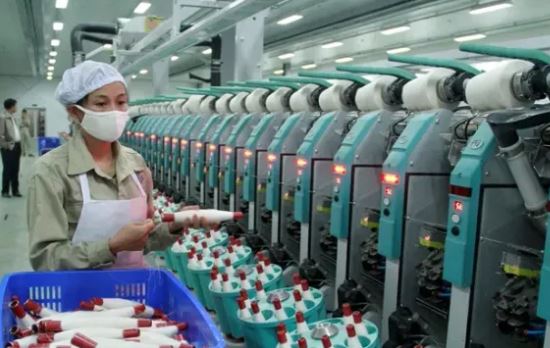
In addition, Vinatex leaders said they will focus on reducing 30% of post-dyeing wastewater with new technology; reusing 30% of post-treatment wastewater for washing, rinsing, and cleaning stages. For the fiber industry, they will use at least 20% recycled polyester fiber, 15% organic cotton to reduce the use of pesticides. Investing in solar power at factories with natural conditions to strive for 10% of electricity used to come from renewable energy...
However, investing in ESG, green economy, and circular economy is not easy for textile and garment enterprises. According to experts, textile and garment enterprises still face many barriers when the domestic legal corridor is still limited, there are no specific policies and regulations for the textile and garment industry on circular economy, green economy or ESG. Regulations on greenhouse gas inventory, carbon tax... are still slower than the international application roadmap.
Meanwhile, the financial system for the development of circular economy, green economy, and ESG finance is still immature, making it difficult for green and sustainable textile projects to mobilize capital. There is a lack of specific incentive policies to encourage the development of circular and sustainable textiles, such as policies for planning and developing green industrial zones for the fiber industry.
In addition, there are limitations in the supply of green, sustainable raw materials for production. Synthetic chemical fibers currently account for 65% of total global production, while vegetable fibers (including cotton) only account for 27%; Lack of standardization in ESG data for reporting, especially on the environment and society; ESG reporting standards have not been determined to serve many markets and customers.
Borrowing the role of R&D to master technology
In that context, according to experts, to accelerate the effective use of the circular economy in production and business, our country needs to institutionalize ESG standards and the circular economy in the textile and garment industry with a development roadmap and specific goals, in line with the world roadmap. At the same time, attach the roles of stakeholders and financial mechanisms to achieve the goals and have policies to support and encourage businesses through tax, credit, and land tools, especially policies that need specific steps.
In terms of technology, investment and finance, it is necessary to conduct research and transfer technology to businesses. Strengthen cooperation in the field of R&D to master technology and transfer advanced technology from partners. Encourage the development of green financial instruments and joint venture cooperation models to take advantage of economies of scale and diversify risks.
At the same time, identify the skills gap in enterprises to build training programs in line with national human resource planning to serve the transition to a circular economy and a green economy. Build an inter-industry and inter-enterprise network to share knowledge and human resources. Promote information and communication work, build a culture of consuming green and sustainable products, and support ethical and responsible production enterprises.
As for businesses, first of all, businesses need to raise awareness of circular business to take appropriate steps to focus on the stages where the business has strengths, for example, water circulation, rooftop solar power... calculating benefits - costs, conversion roadmap. Gather documents related to tracing the origin of NPL, meeting the requirements of recycling rate, product life cycle, clean materials, high recyclability..." On the way to circular economy and green economy, businesses need to have systematic investment and large resources", Mr. Truong emphasized.
According to experts, businesses need to be self-sufficient in raw material supply, meeting the requirements of free trade agreements (FTAs); developing according to a circular economic model based on the basic principle that "everything is an input for something else...
According to VTV
Source: https://doanhnghiepvn.vn/kinh-te/det-may-no-luc-vuot-chuong-ngai-vat-de-xay-dung-kinh-te-tuan-hoan/20240618102017816




![[Photo] New-era Party members in the "Green Industrial Park"](https://vphoto.vietnam.vn/thumb/1200x675/vietnam/resource/IMAGE/2025/10/30/1761789456888_1-dsc-5556-jpg.webp)
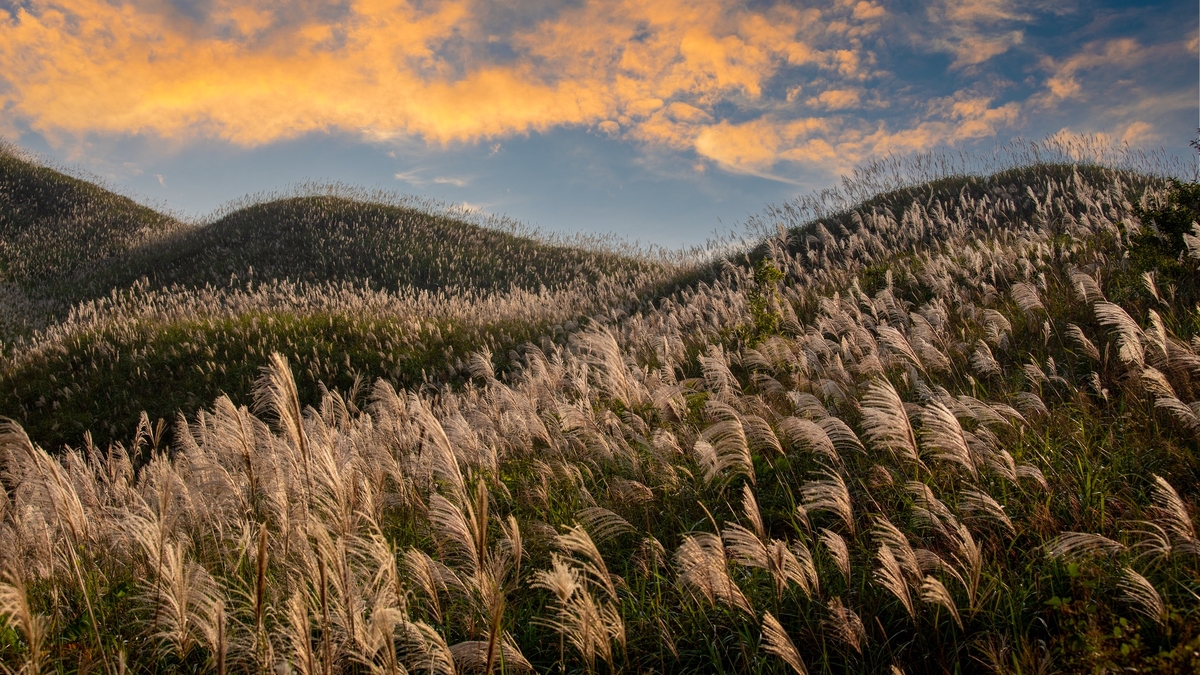
![[Photo] Prime Minister Pham Minh Chinh chaired a meeting to evaluate the operation of the two-level local government model.](https://vphoto.vietnam.vn/thumb/1200x675/vietnam/resource/IMAGE/2025/10/29/1761751710674_dsc-7999-jpg.webp)
![[Photo] Fall Fair 2025 - An attractive experience](https://vphoto.vietnam.vn/thumb/1200x675/vietnam/resource/IMAGE/2025/10/30/1761791564603_1761738410688-jpg.webp)


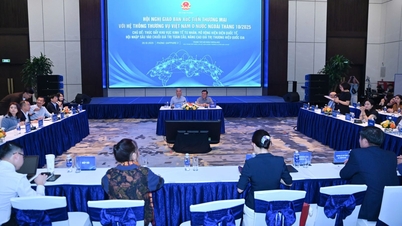

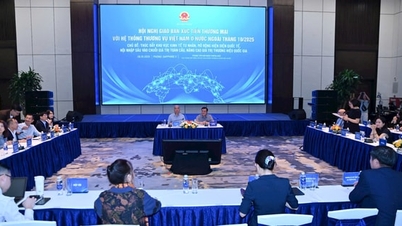

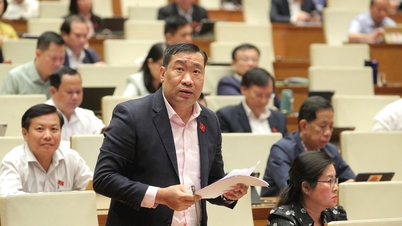

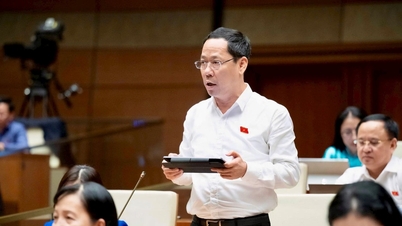
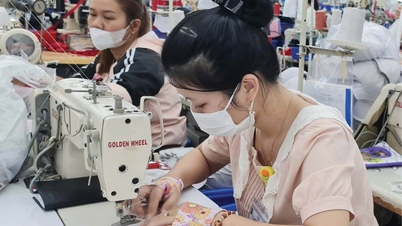

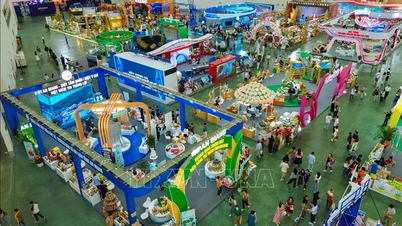

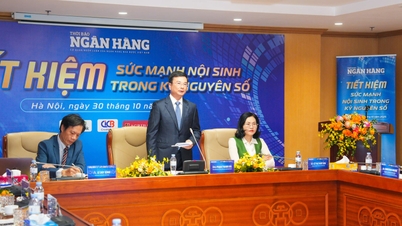
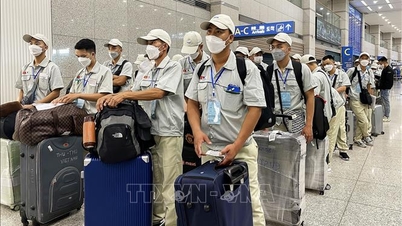
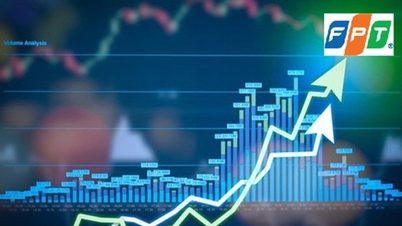
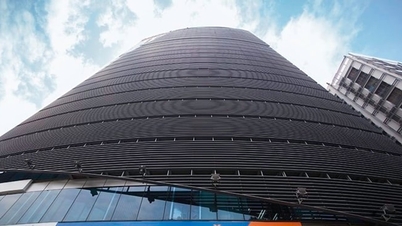


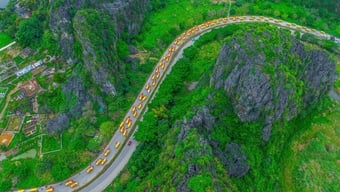


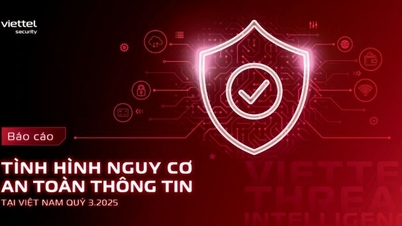
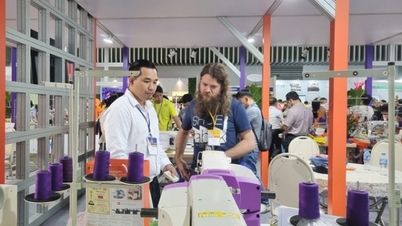
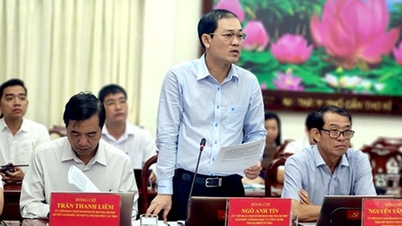
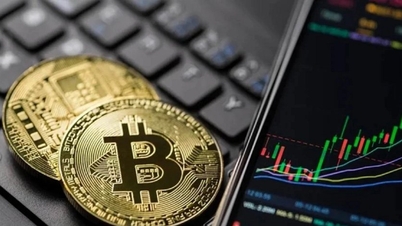





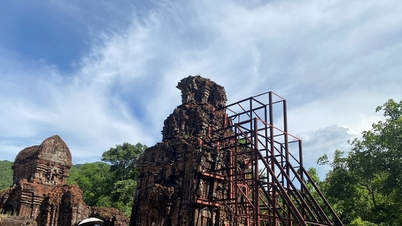

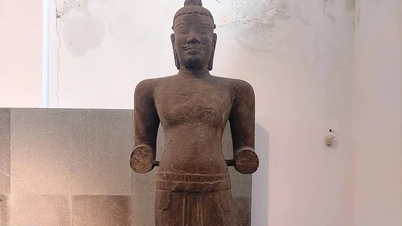

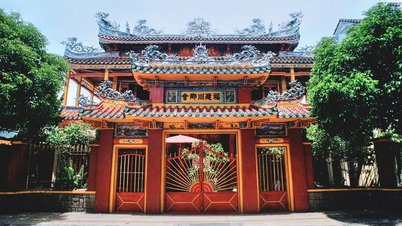


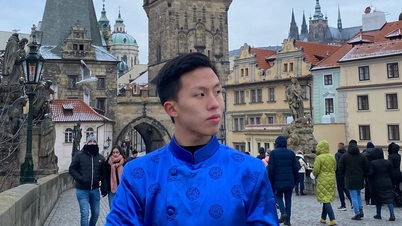

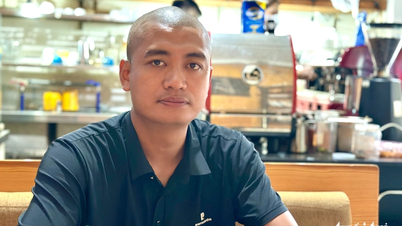

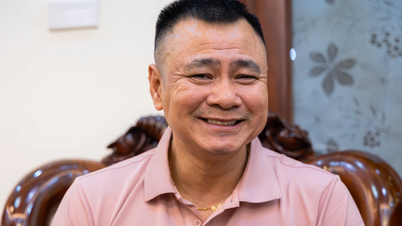
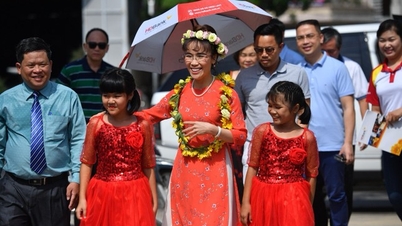

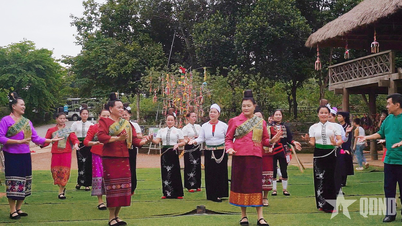

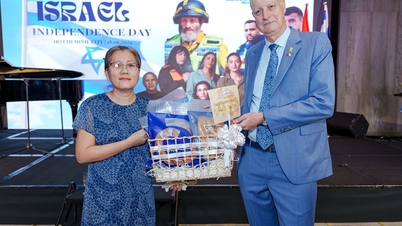



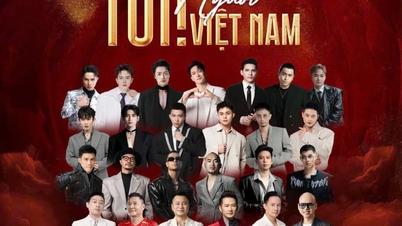

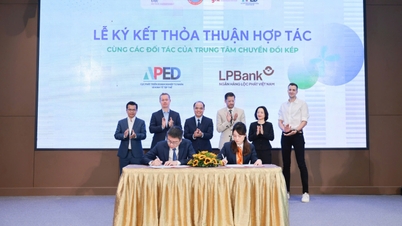

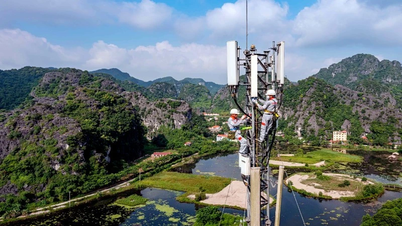
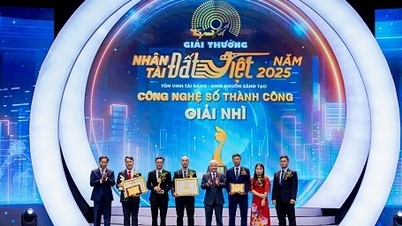

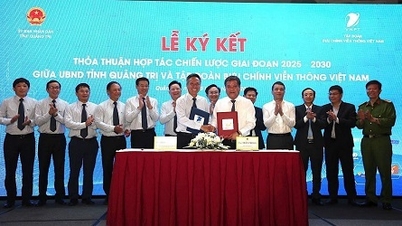
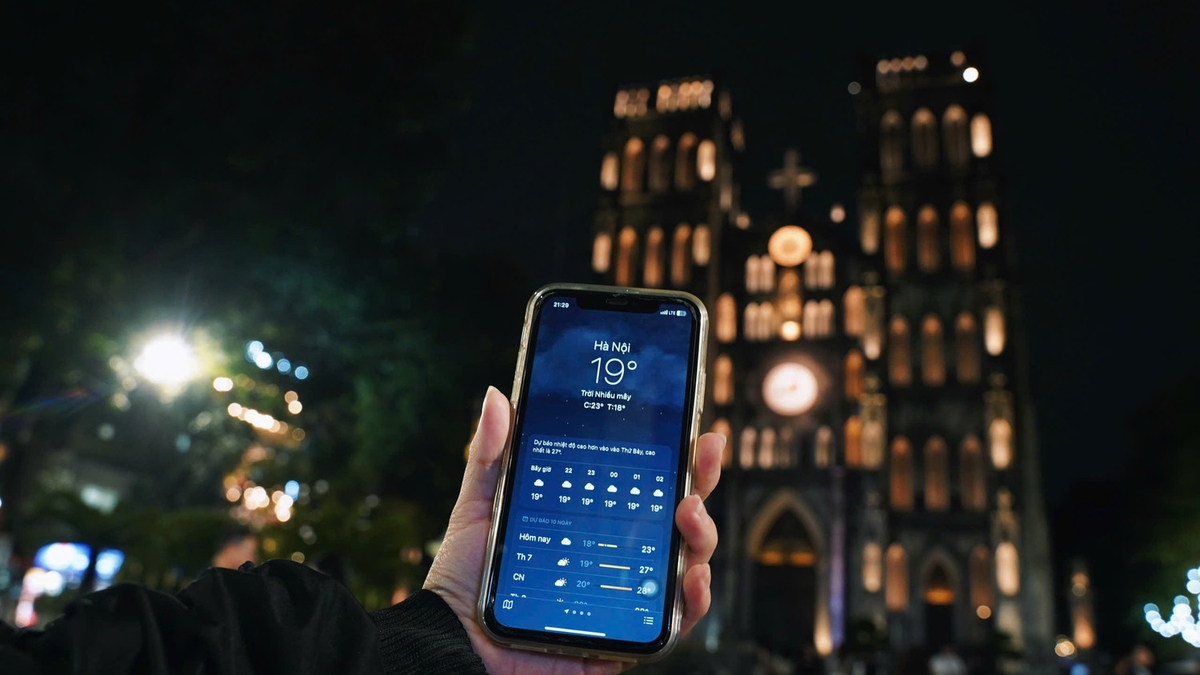


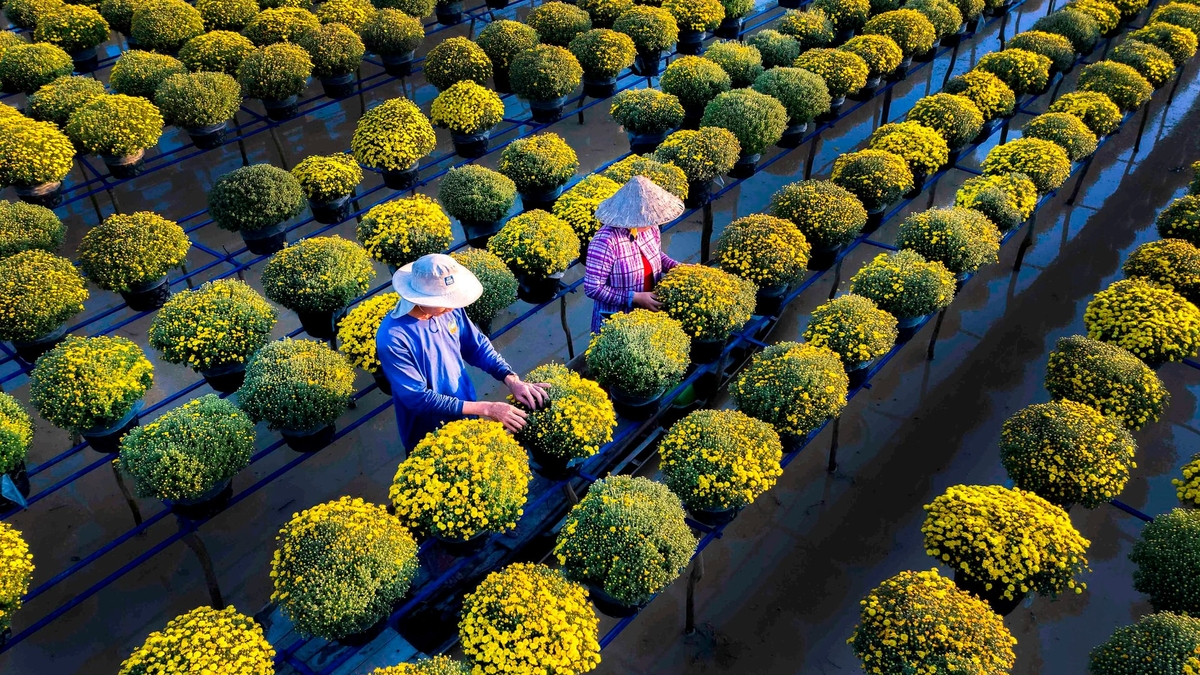
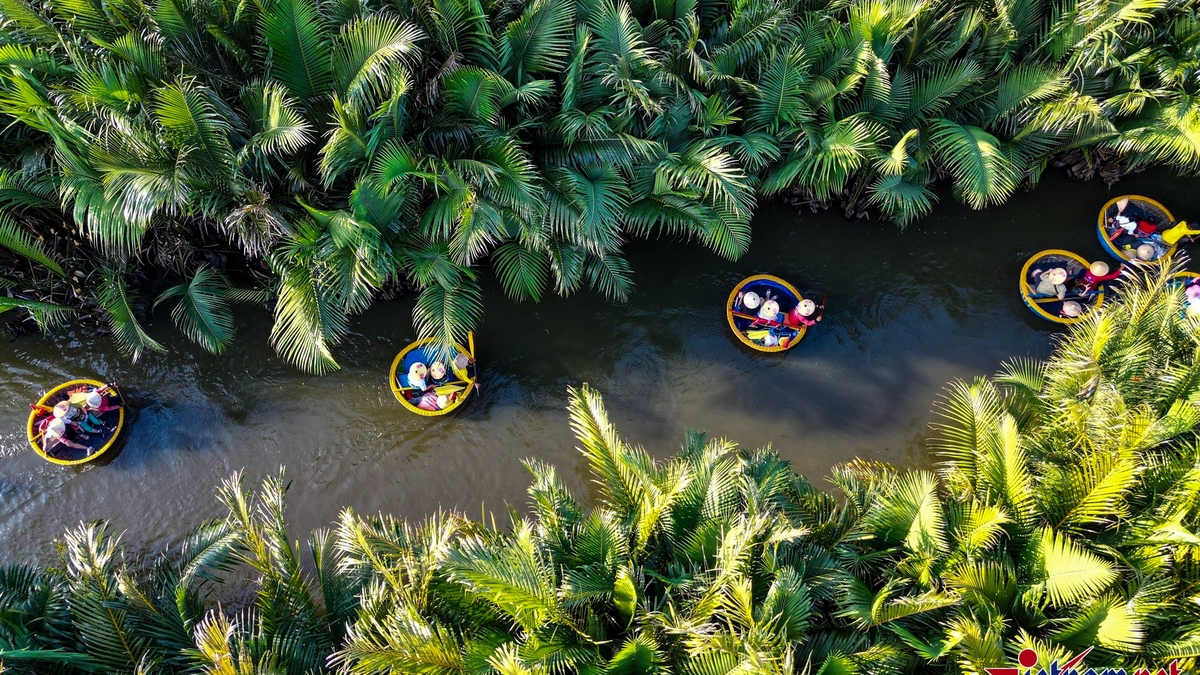

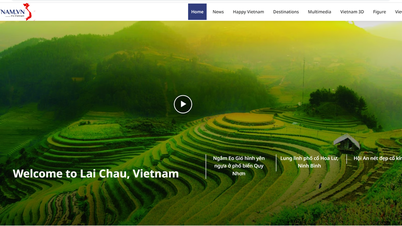
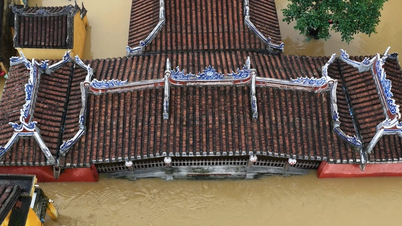

































Comment (0)